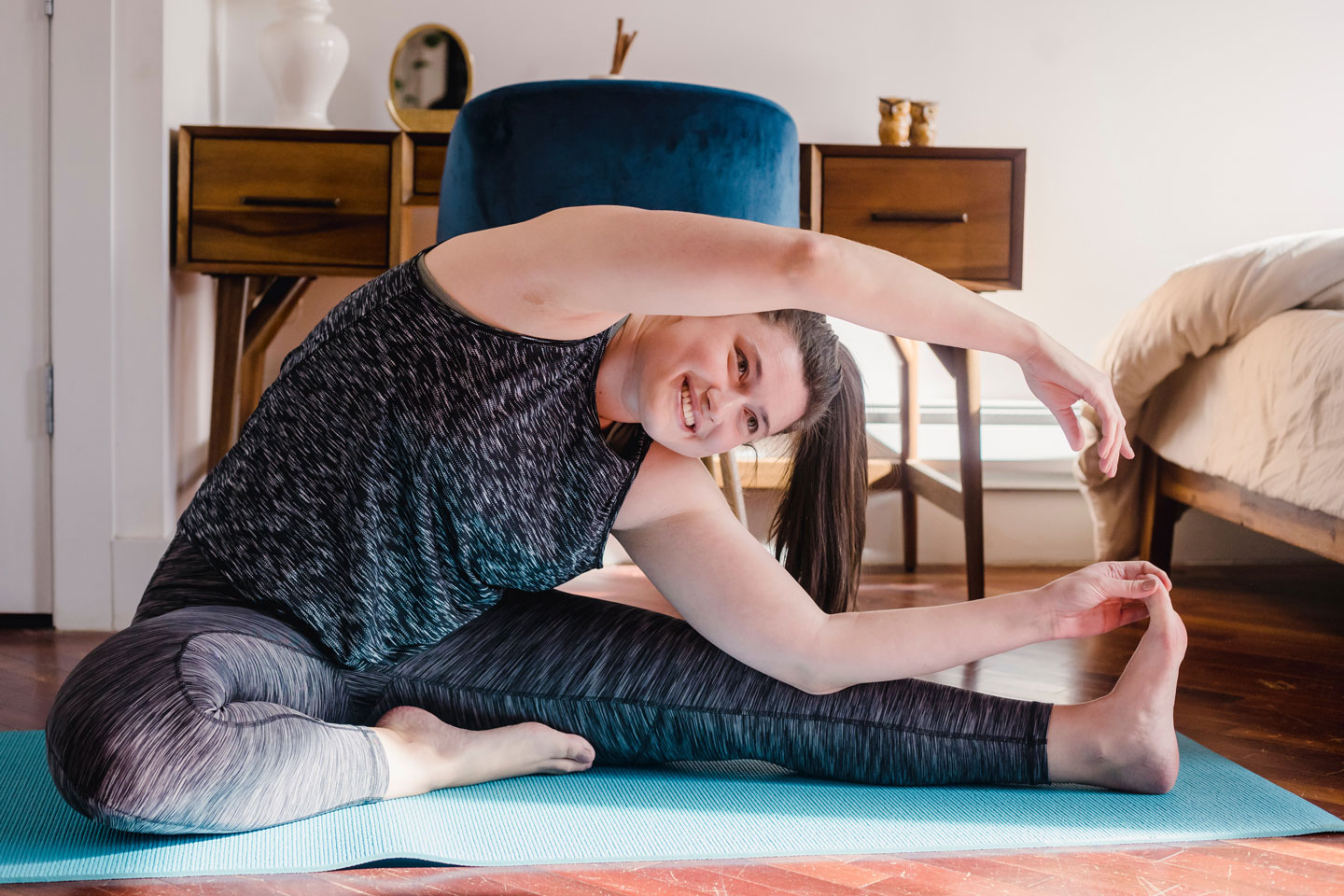Management · 9 min read · 26 May 2022
Getting back to what you want to do
This content provides helpful info about how to safely increase your activity levels, manage fatigue and prevent pain flares by using pacing.

This content provides helpful info about how to safely increase your activity levels, manage fatigue and prevent pain flares by using pacing.

This module is designed to share practical tips to help you safely and gradually move back to valued activities, manage your fatigue and prevent pain flares.
Pacing is a tool to help you move back towards valued life activities. Pacing is a safe way to build your body to be stronger and stronger. Pacing will also help to decrease your body’s sensitivity to activities, meaning over time you’ll experience less pain and fewer pain flares.
Let’s dive into learning more about how to safely increase your activity, manage fatigue and prevent pain flares.
In this video, young people share their experiences of managing pain, fatigue and emotions to move back towards their valued life activities.
One of the most frustrating things when you are living with persisting pain, is how pain gets in the way of the things you really want to do.
When pain gets in the way of your valued life activities and disrupts your social networks, we understand that your life quality is impacted. As time passes, our capacity to live the life we want is eroded. Young people with persisting musculoskeletal pain have described the experience of this well.
Learning how to pace activities can really help you to stay active and enjoy doing the things that matter to you.
Benefits from building up your activities include becoming stronger, feeling happier, sleeping better, socialising more, improving your heart and lung health, decreasing your risk of future injury and so much more.
Listen to this short podcast that talks about activity and exercise as a natural medicine for pain.
Let’s dive into learning more about how to safely increase your activity, manage fatigue and prevent pain flares.
Pacing is a way to get back to doing what you love doing by setting a safe baseline of an activity, then gradually increasing this by 10% per week. We’ve provided a 6-step guide below to explain this further.
Pacing uses a pre-planning approach to find a safe way to graduate activities that you value, which accounts for the effects of fatigue and reduces the risk of pain flares.
Pain flares are sudden pain increases, where pain is more intense or even more disruptive than usual. Pain flares can last minutes, hours or days. That’s why learning skills to help you identify triggers to reduce the risk of pain flares (and to manage pain flares) is so important.
Pacing can help manage fatigue too. Fatigue is more than just feeling tired. Fatigue is like having long-haul jet lag. Thinking is harder, moving is harder and being socially engaged is harder, sleep may be disrupted and your well-being impacted.
Find just the right amount of activity (not too much and not too little) to keep you progressing to your goals and feeling more in control
Plan for, and better manage, fatigue
Move you back towards the activites that are important to you
Reduce the risk frequency and severity of pain flares ups (boom and bust cycles)
Pacing uses a ‘time-contingent’ approach to activity rather than a ‘pain-contingent’ approach. Time-contingent activity means setting a ‘dose’ or measurement (such as an amount of time, a distance, number of repetitions) to guide what you do, rather than pain being the guide.
Finding the middle ground helps you to keep active and engaged, rather than:
Avoiding activity and slowly doing less and less or,
Pushing through the pain, doing lots of activity, and coming crashing down.
Experiencing pain makes us not want to do things, to avoid pain and rest up. This makes sense and can work okay for acute short-lived pain, when taking things easy for a few days makes sense. For example, while our sprained ankle or broken wrist recovers.
When pain persists, the more we let pain be the guide to activity, the more disrupted our activity patterns can become.
You may have stopped or avoided doing valued activities because of pain, or you might fear pain (you are unsure if pain means more damage), or pain affects your sleep, energy levels and mood. This is completely understandable but means it’s hard to get your life back on track.
It takes a lot of effort and energy when you are experiencing pain. Sometimes, frustration levels are so high people decide to push on through the pain; “no pain, no gain”.
Pushing through pain is usually unhelpful. A big increase in activity when you are experiencing pain is likely to cause a pain flare and create a boom and bust cycle (periods of lots of activity followed by periods of minimal activity), overall this is usually unhelpful to building up your valued activities.
If you have Chronic Widespread Pain or Juvenile Idiopathic Pain, it can be easier to cause pain flares and it can take a longer time to recover. It’s really important to discuss your pacing plan with your health team, so it’s just right for you.

To get an idea of where to start with pacing, we need to set a baseline or a ‘dose’. Think of this like starting any new activity: yoga, walking, dancing, surfing or jogging. The baseline is set as a time-contingent marker of how long you can do the task without a pain flare.
You usually start gently with a small ‘dose’ to allow your system to get used to the new activity. You expect to be a bit muscle sore the next few days, but knowing what to expect, means you’re not likely to be worried.
Setting a baseline or activity dose helps you progress your tolerance to activities safely without the boom and bust or without avoiding painful activities.
A safe starting point (baseline) is determined and then the activity is gradually increased over time. You can plan to increase by 10% per week. As you pace activity, your tolerance increases and so do your capacity and confidence. This will build up your body tissues in a safe way and they will become stronger and stronger. You start to feel happier and more confident in your body.
Using a ‘time-contingent’ approach to pacing activity gives your system a chance to gradually accommodate more activity. Over time, by using a time-contingent approach to activity pacing, your body will be able to do more activity and be less sensitive to pain and reduce the risk of pain flares.
If you prefer to start pacing management yourself, that’s fine. The content here is designed to support you and put your care safely in your hands.
What’s good to remember when you start pacing is that lots of factors can ‘dial up’ and ‘dial down’ our pain and tissue sensitivity:
A great tool to help you identify these factors for your individual pain experience is the Örebro questionnaire. This will help you know which modules will be the most helpful for you, and you can print out your results if you would like to have a chat about them with your health professionals.
You can also check out making sense of your pain and movement with pain for more info. The practical tools and resources can be tailored to your needs to help you address these other factors and safely pace up your activities.
Here are some great tips on planning to pace:
It’s fine to have a day off and chill out!
Keep things enjoyable
Listen to your favourite music on the walk
Get a friend to help you with the gardening
Go swimming at your favourite beach
Exercise in the gym and remind yourself you are strong
Graduate your way back to your favourite sport
We’ve provided a Guide to Pacing and a Blank Pacing Log below. You can download these before you start.
Next, decide what your goals are:
Here you need to work out how long you can do a task without a pain flare. Some muscle soreness is also expected and is actually a good thing as this means your muscles are building themselves to be stronger.
It’s helpful to remember that as you have chronic pain, your body is sensitive and when you experience pain it’s not reputable information that you are doing the wrong thing.
A pain increase after activity commonly lasts for a short period (minutes or hours), or possibly into the next day if you have an inflammatory condition like Juvenile Idiopathic Arthritis or Chronic Widespread Pain. This is expected and is not a pain flare.
You might want to check out our specific Pain Conditions for condition-specific guidance on pacing activity, as some conditions may have disease-related pain flares. If your pain is out of control, please check with your health team.

Writing down your goals can help you to stay on track and remind you of those things that are important to you.
SMART goals are ideal to use as a guide. SMART stands for:
Doing small bits often – breaking activities into smaller chunks – can help you maintain your activities and increase your tolerance to activity.
Taking planned relaxation periods is vital! Regular planned rests and relaxation breaks, even on days when you feel pretty good.
On a challenging day, it’s important to try doing some activity to keep moving and manage your fatigue. Remember to be kind to yourself.
If you experience chronic fatigue, improving your sleep can be really helpful.
There will be some ups and down throughout the process but over time, pacing will help you move back to valued life activities and you’ll be surprised how far you’ve come.
If you have experienced a pain flare-up, remember:
If you are feeling unsure, or worried about the flare-ups and not feeling confident, have a chat with your health team about what’s happening. Together you can work out a solution to plan for and manage pain flare-ups.
Build up time on a task gradually based on your set baseline activity ‘dose’
Increase the time by up to 10% each week
On a good day, don’t do more than the pacing schedule dose
Plan to change only one or two things at a time
Record what you're doing and how much you are doing – take this to your health professional to discuss your progress
Move your body position/posture regularly – remember it’s ok to slouch. Our body likes relaxing!
Here are some helpful resources to help you increase your knowledge about pain and develop strategies to manage your pain. Alternatively, if you want to talk to someone, please seek further assistance.
Finding a health professional team who can support you in your care is important. If you need expert help, ask your health professionals for their help or their recommendations for clinicians working in pain care.